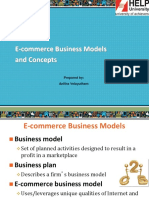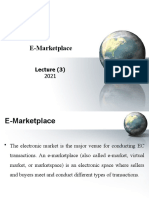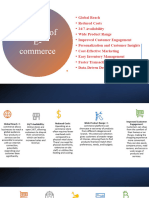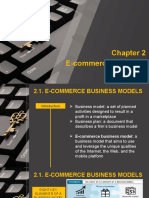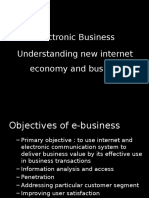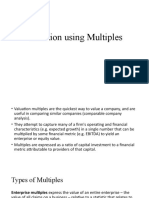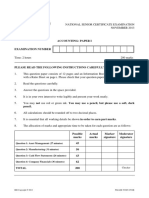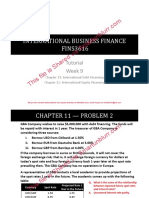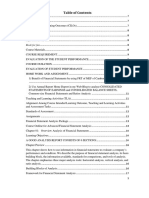0% found this document useful (0 votes)
31 views4 pagesKey Features and Models of E-commerce
This document discusses e-commerce and e-business models. It defines e-commerce as transactions that cross firm boundaries using the internet, while e-business refers to digital technologies used within a firm. It then lists eight unique features of e-commerce technologies, such as ubiquity, global reach, and personalization. Finally, it outlines eight key elements of a business model, including value proposition, revenue model, market opportunity, and competitive advantage.
Uploaded by
nourafifi01Copyright
© © All Rights Reserved
We take content rights seriously. If you suspect this is your content, claim it here.
Available Formats
Download as DOCX, PDF, TXT or read online on Scribd
0% found this document useful (0 votes)
31 views4 pagesKey Features and Models of E-commerce
This document discusses e-commerce and e-business models. It defines e-commerce as transactions that cross firm boundaries using the internet, while e-business refers to digital technologies used within a firm. It then lists eight unique features of e-commerce technologies, such as ubiquity, global reach, and personalization. Finally, it outlines eight key elements of a business model, including value proposition, revenue model, market opportunity, and competitive advantage.
Uploaded by
nourafifi01Copyright
© © All Rights Reserved
We take content rights seriously. If you suspect this is your content, claim it here.
Available Formats
Download as DOCX, PDF, TXT or read online on Scribd
/ 4









